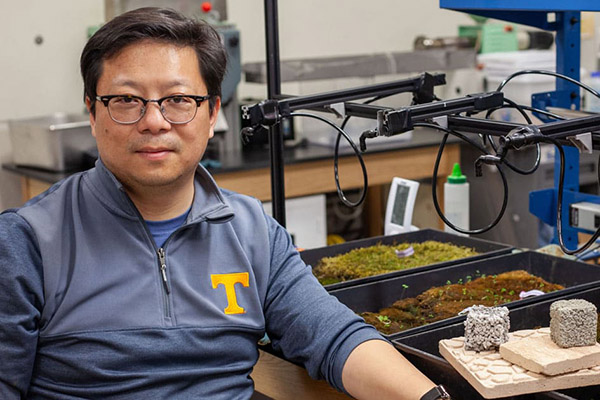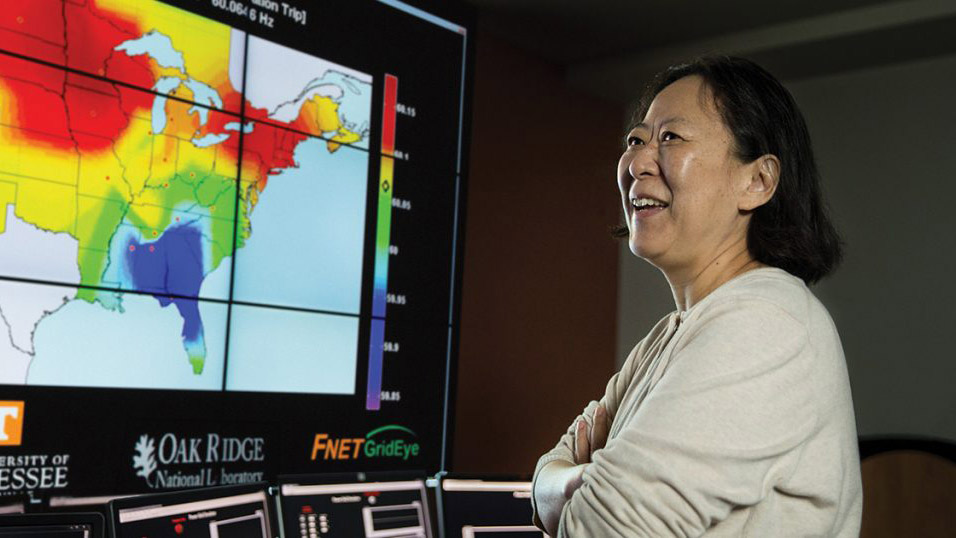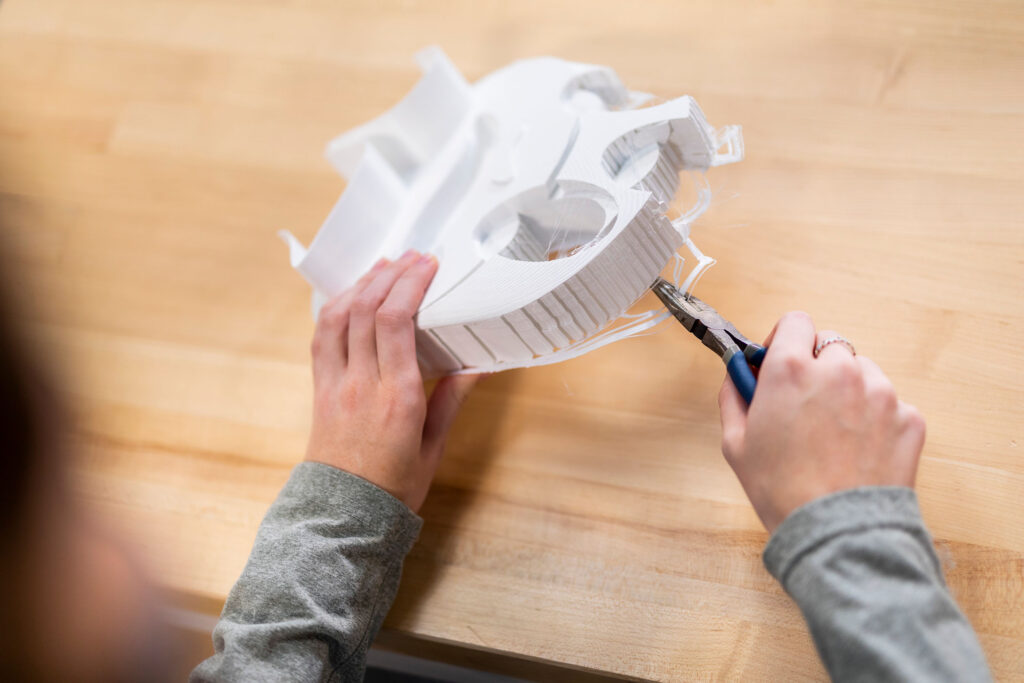Sustainable Infrastructure
Preparing communities for long-term growth and resilience
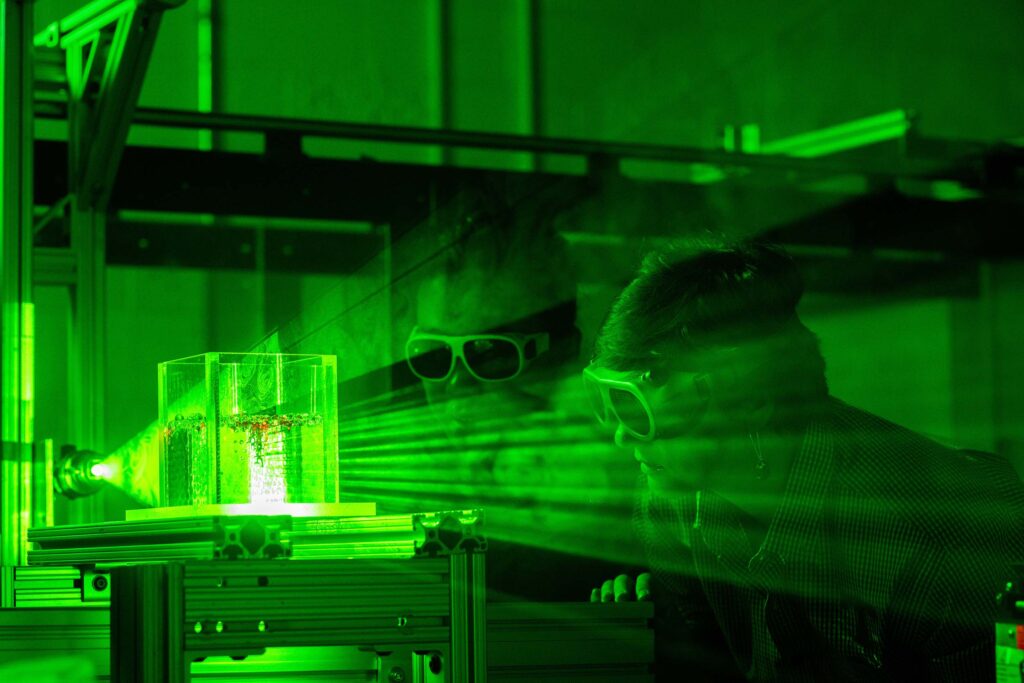
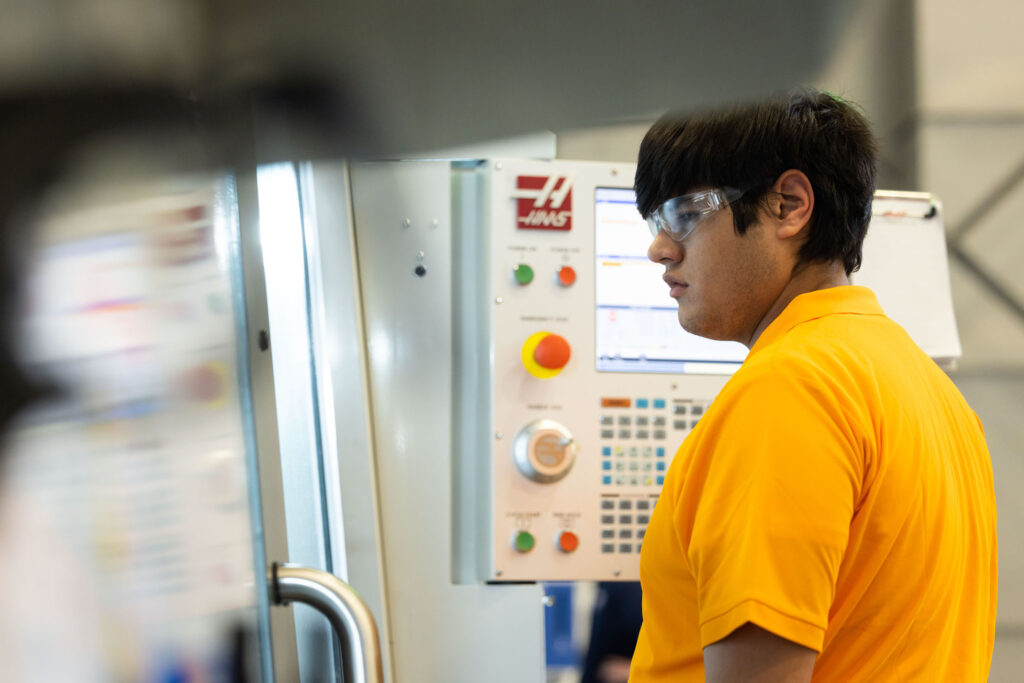
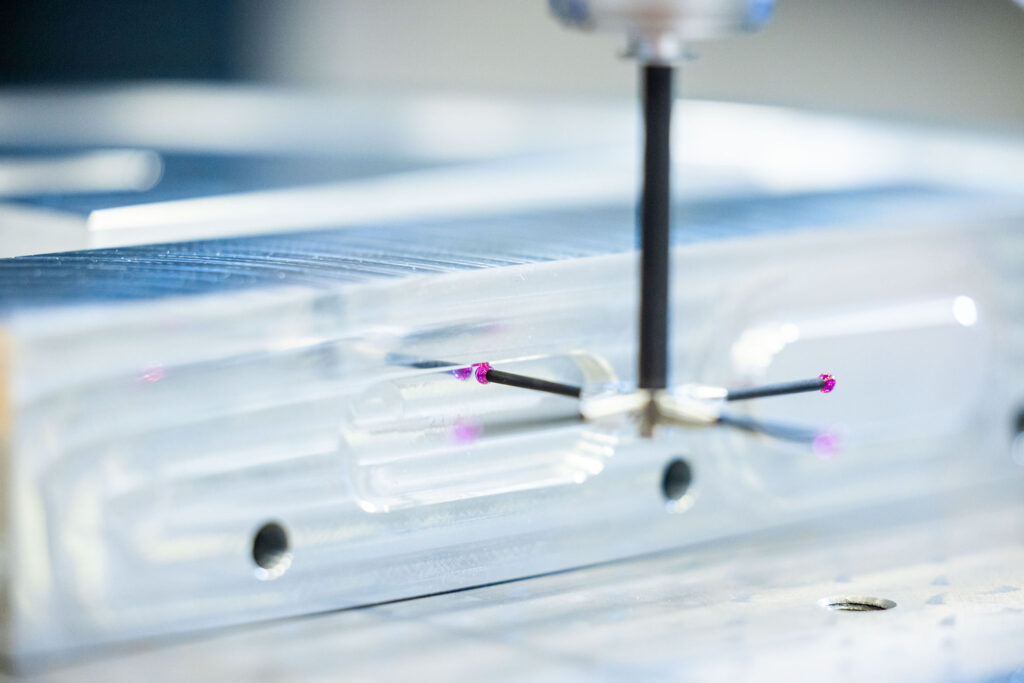
A sustainable built environment supports healthy individuals, thriving commerce, and resilient communities. We seek to improve the buildings where people live, work, and play; the roads, rails, and trails that connect people and businesses; and the essential structures that keep everyday life running safely and smoothly.
UT faculty design, deploy, and test novel materials, construction methods, and maintenance technologies. They actively engage communities to understand and solve real-world challenges across Tennessee and the US.
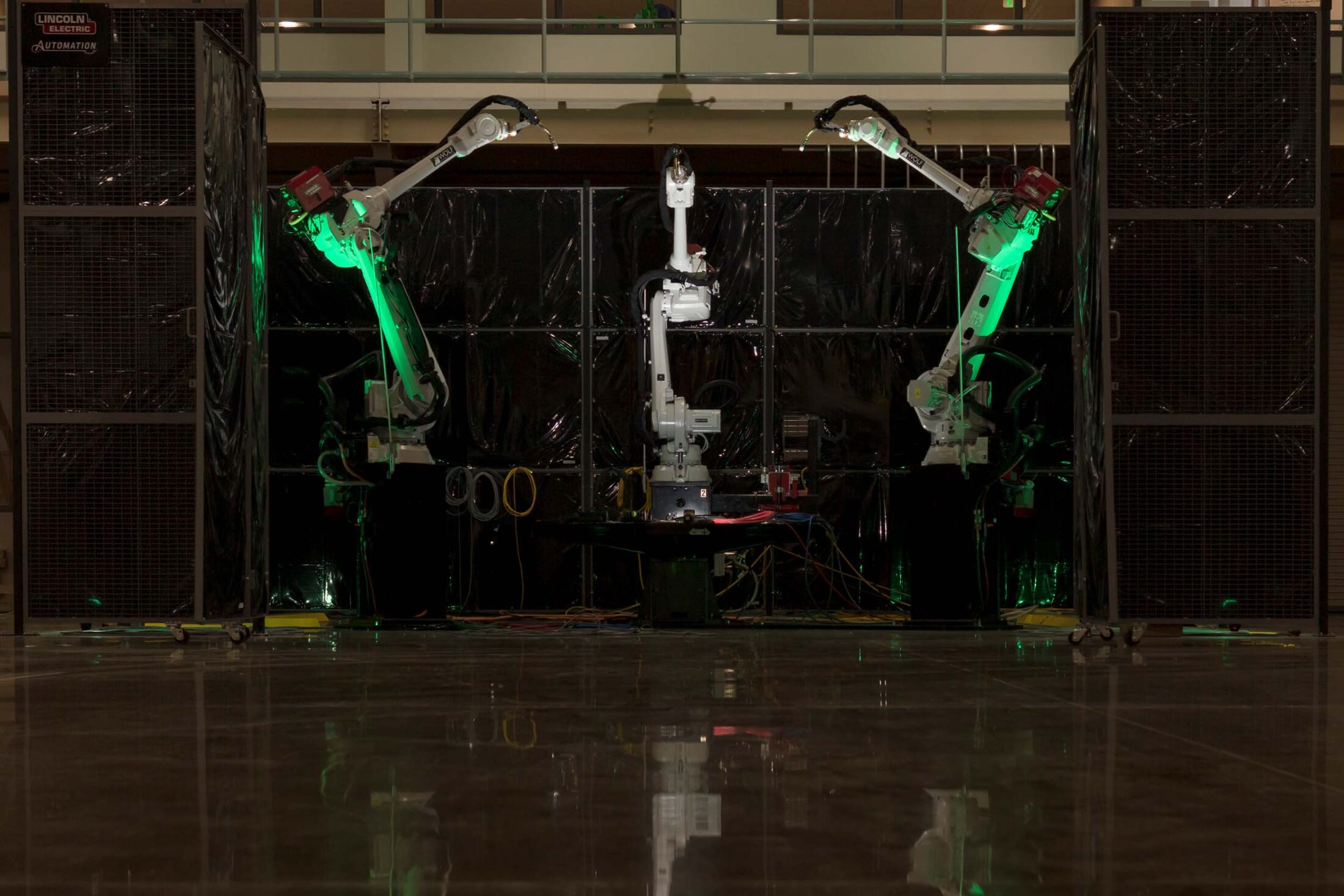
UT’s Approach
Our faculty’s work influences every stage of a structure’s life cycle. They start with novel materials and emerging technologies like additive manufacturing and evolve structural design and construction methods to achieve greater durability, reduced material waste, and improved energy efficiency.
Other researchers focus on community and regional infrastructure design. The Tennessee RiverLine initiative, for example, connects communities to the riverline ecosystem by making tourism and recreation opportunities more accessible for more people.
UT and TVA collaborated to study opportunities for the Tennessee Valley region to pursue economic development while accelerating decarbonization. The Valley Pathways study provides insights for sustainable infrastructure buildouts and upgrades, including electric vehicle chargers.
UT is leading multiple advancements in mobility infrastructure. One team from Knoxville and Chattanooga developed research to support Tennessee Department of Transportation strategies for smart vehicles and connected infrastructure. Other researchers are developing lower-carbon materials and applying novel technologies to help cities build and maintain longer-lasting infrastructure. In one long-term project, researchers developed a next-generation polymer composite for bridge decks; they use smart sensing technologies to monitor its real-world performance.
Faculty and students also study the infrastructure communities rely on to deliver energy and clean water—and to responsibly deal with waste, wastewater, and storm water. The Tennessee Water Resources Research Center at UT has been awarded $1 million from the Environmental Protection Agency to help rural Tennessee communities improve their wastewater infrastructure. Other teams are developing physics-informed machine learning models that will eventually enable engineers to make key improvements in urban water treatment systems.
“UT is at the forefront of sustainable manufacturing. By leveraging cutting-edge technologies and fostering partnerships with academia and industry, we are pioneering solutions that enhance efficiency and stability in construction, building energy, and advanced construction materials. Our collaborative efforts are unlocking new opportunities to revolutionize the construction and manufacturing industries, paving the way for a greener, more resilient future.”
—Hongyu ‘Nick’ Zhou, Associate Professor of Civil and Environmental Engineering
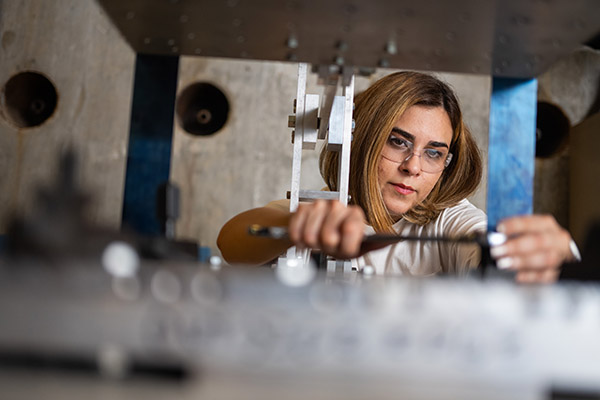
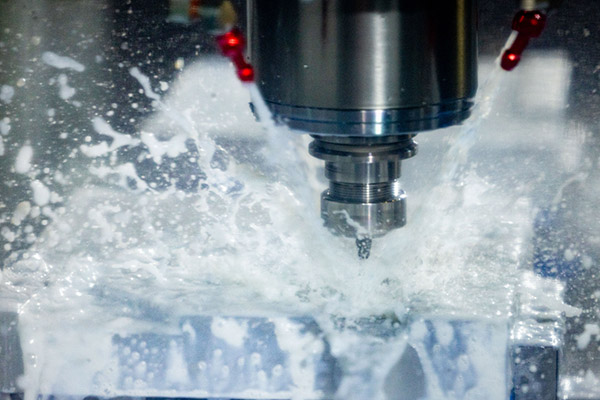


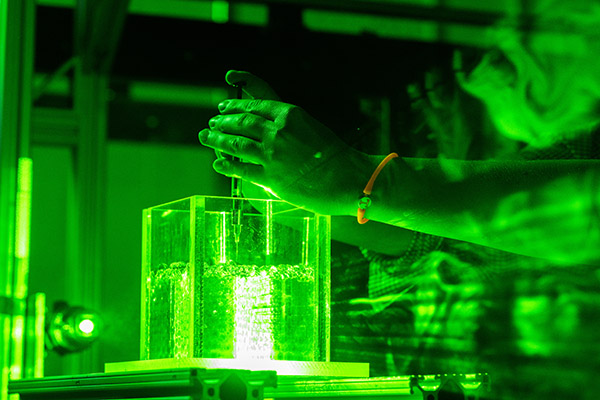
Highlights

Our Researchers
-
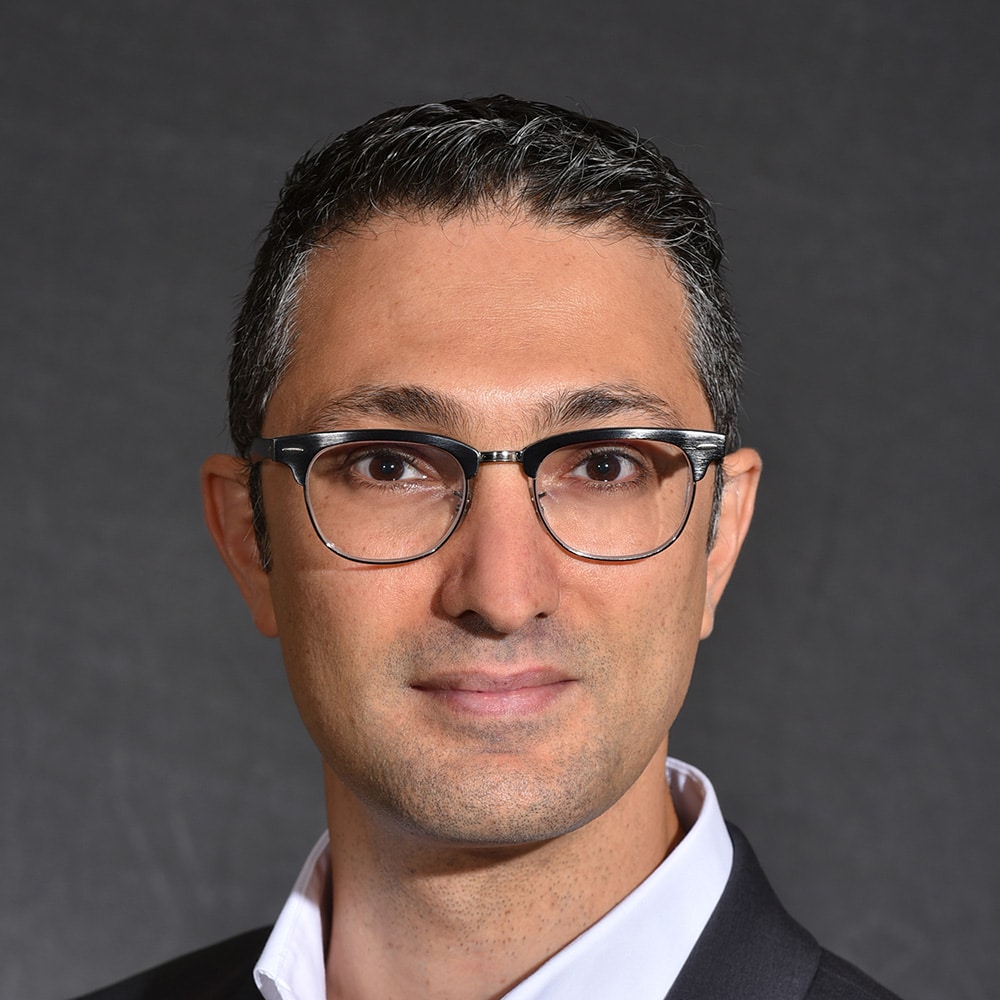
Associate Professor, Architecture
High-performance integrated construction systems, large-scale additive manufacturing applications in architecture, energy-efficient building systems, advanced computational design methods, topology optimization, sustainable architecture and design, resilient and flood-resistant building design, biophilic design and nature integration, human-centered design principles, design solutions for global challenges
-

Peebles Professor, Civil & Environmental Engineering
Sustainable manufacturing of materials and energy, upcycling and recycling and automation, structure-process-property relationships of natural and advance materials for energy applications in extreme environment, radiation-based (neutrons, photons, electrons) imaging and scattering of materials and extreme environment, additive manufacturing and artificial intelligence based cellular solids for multifunctional design, infinitely recyclable fiber reinforced composites
-
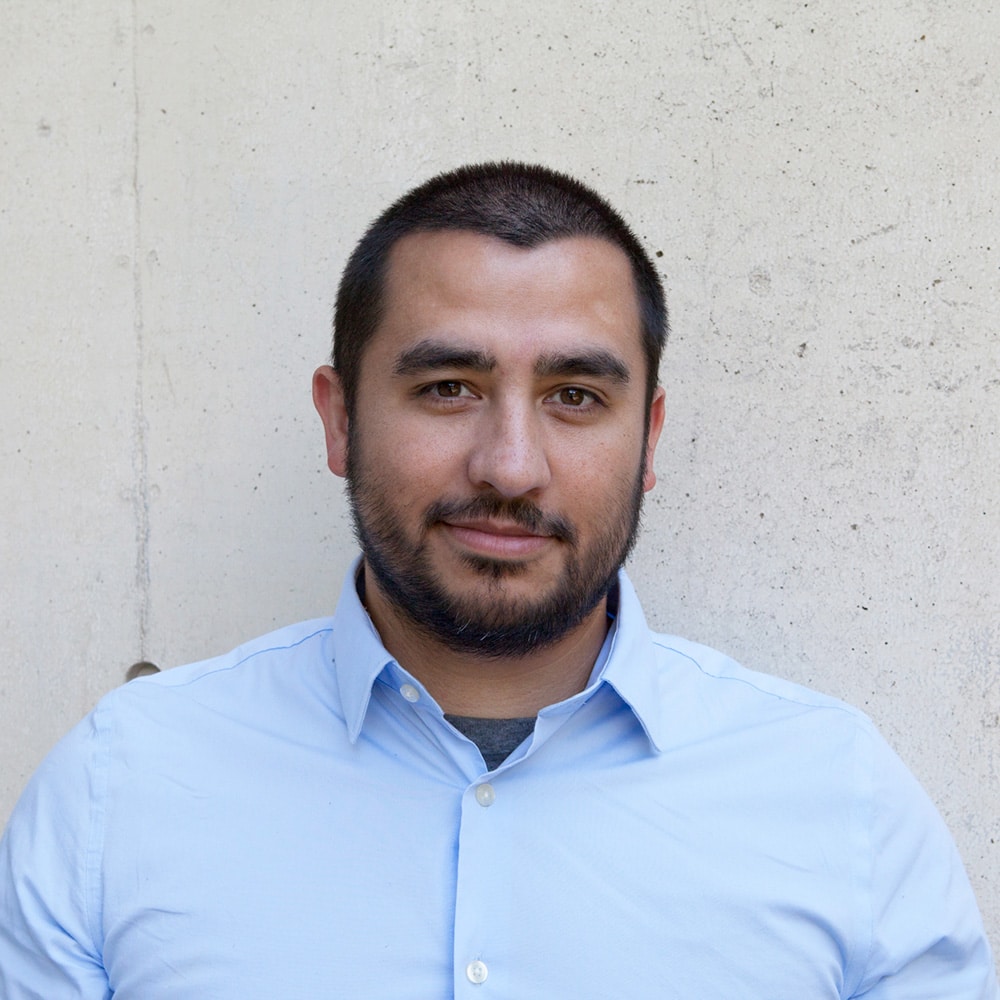
Assistant Professor, Design & Structural Technology
Integrated computational design, robotic fabrication, additive manufacturing, and lightweight fiber composite systems for architectural applications
-

Associate Professor, Interior Architecture
Cross-disciplinary design thinking, empathy, collaboration, participatory design, design-build, formal and informal learning environments and pedagogies


